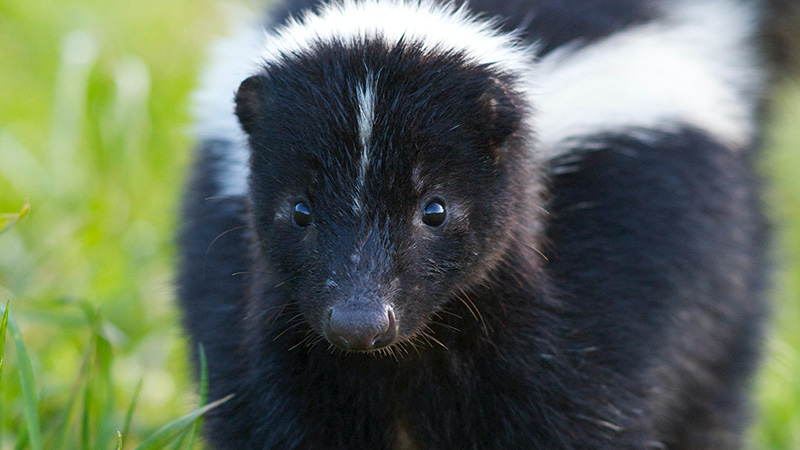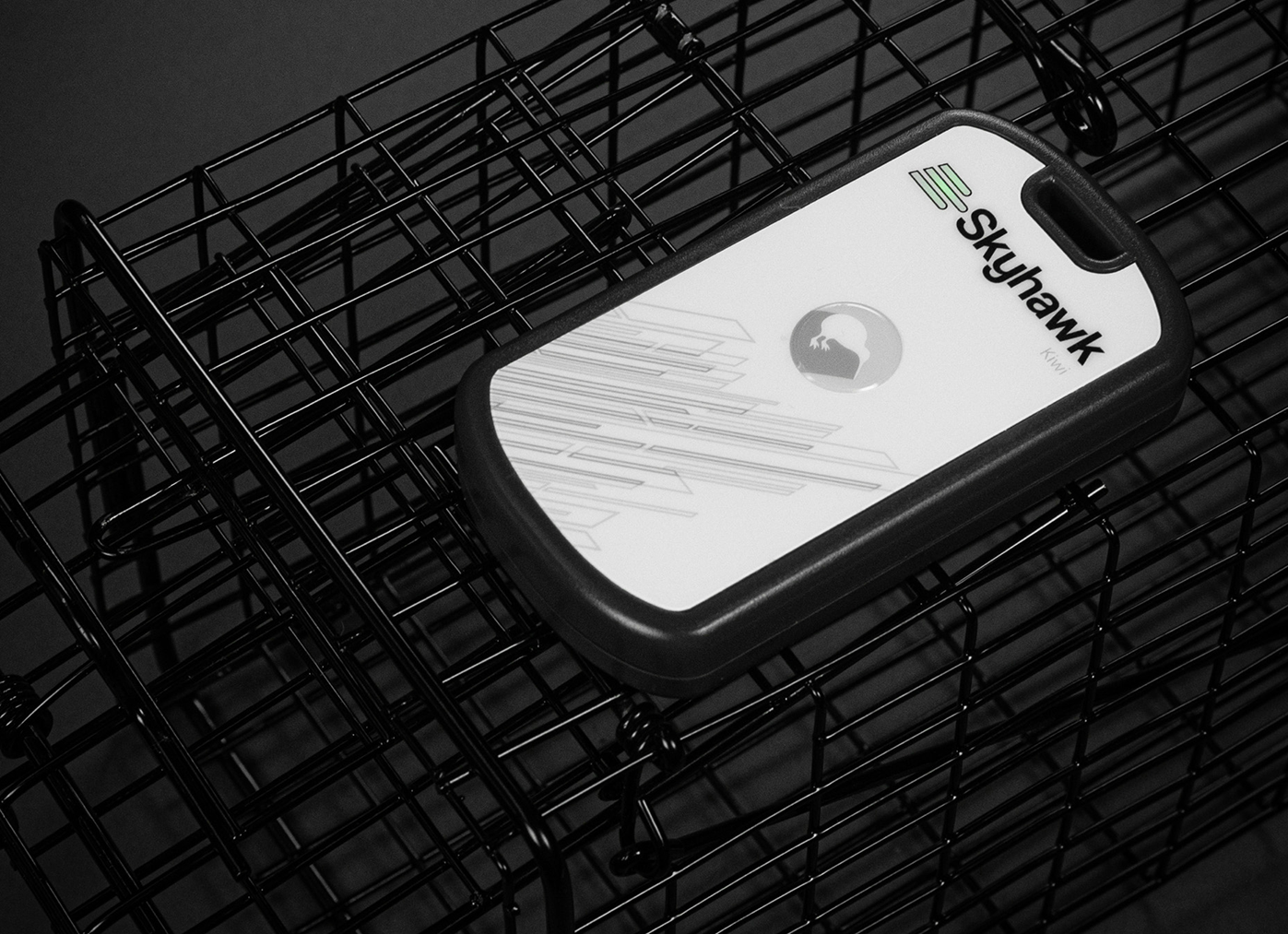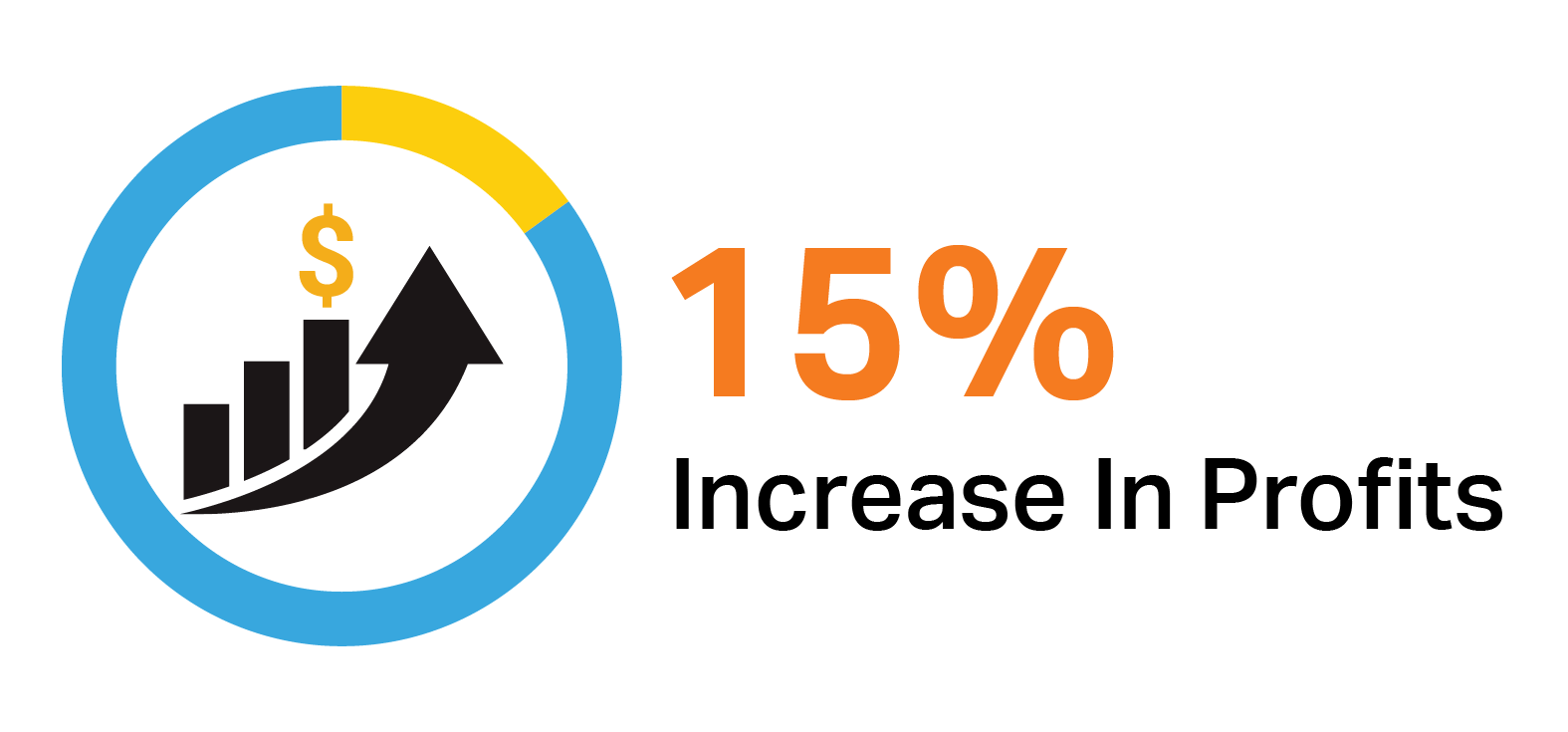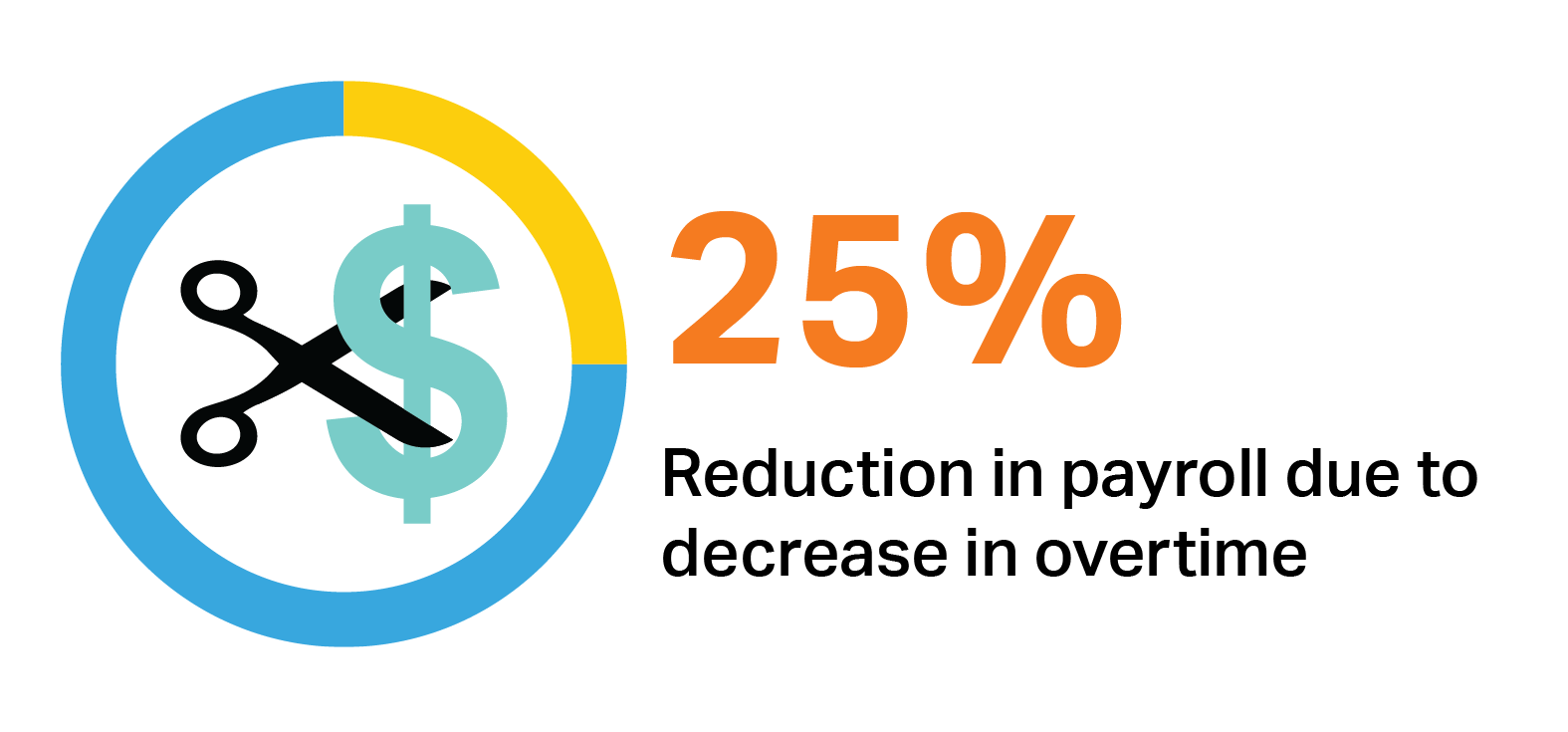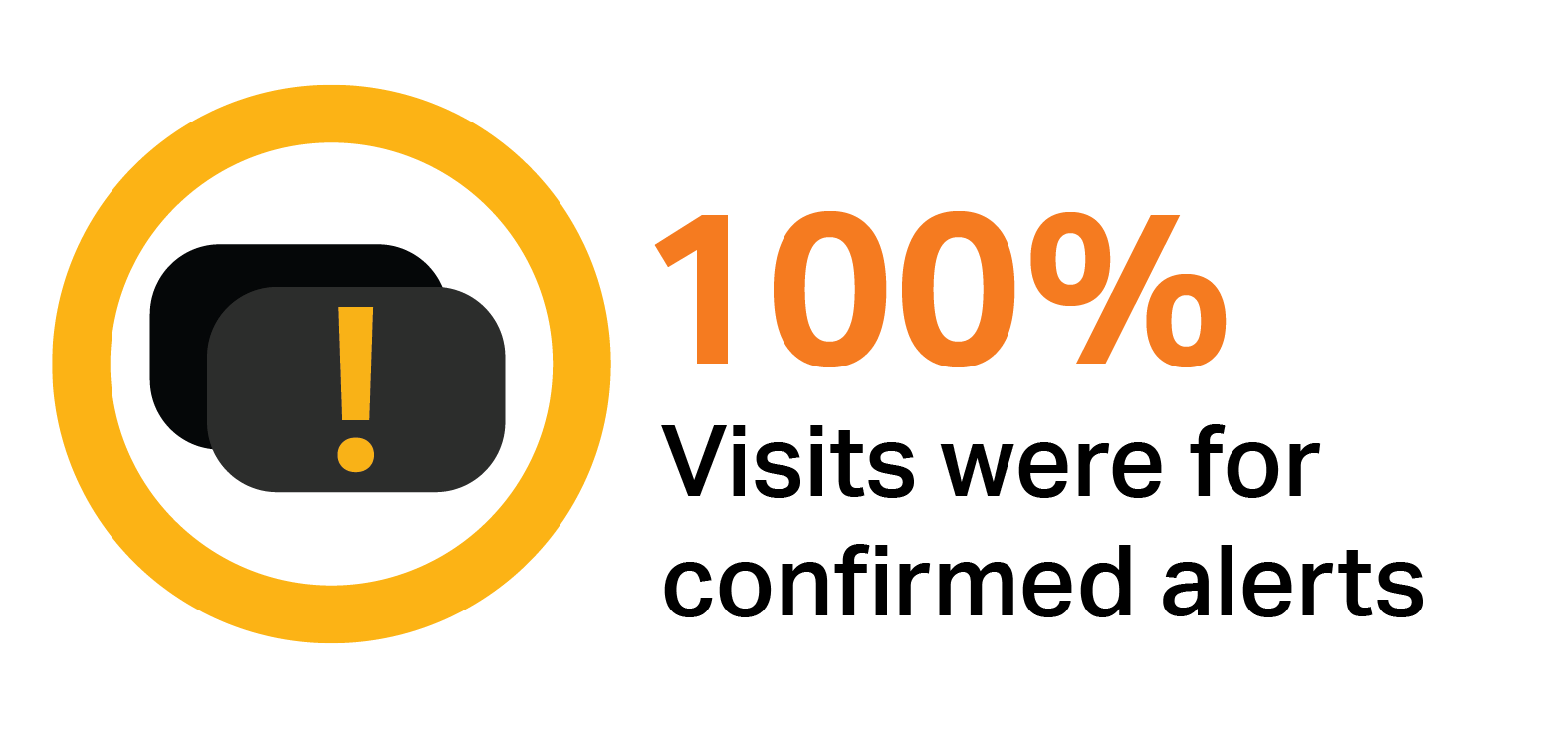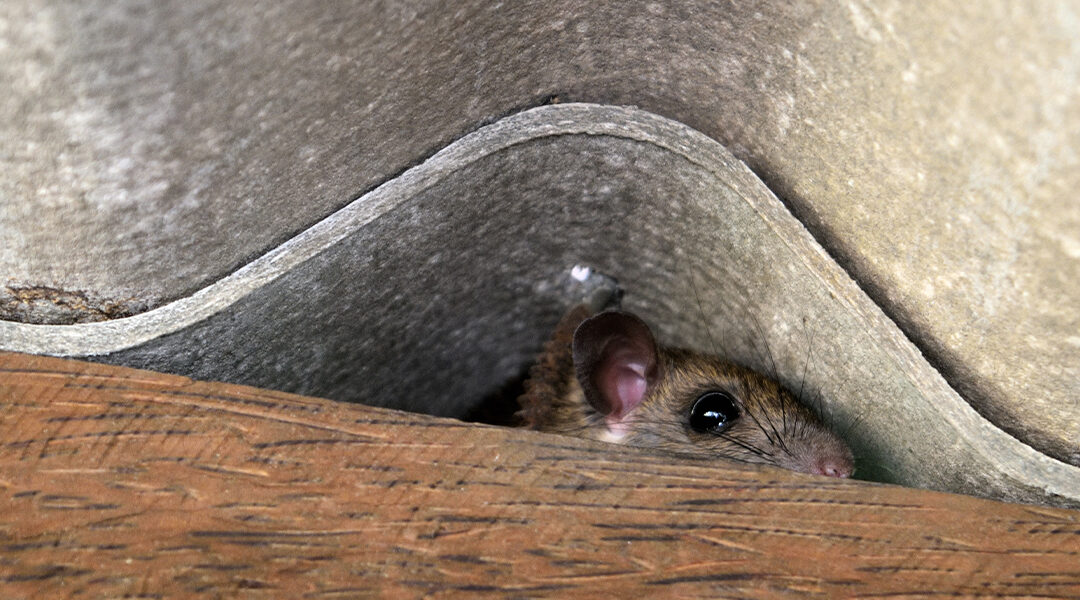
Summer Camp Nuisance
Moyer Indoor | Outdoor is a family-owned company founded in 1869. Today Moyer has nine service divisions, including Moyer Pest Control for residential and commercial customers. Moyer Pest Control delivers pest and wildlife control services in Southeastern Pennsylvania and portions of New Jersey and Delaware.
The Problem
The Challenge
Pennsylvania requires that beaver traps be checked on a daily basis to ensure the animals are treated humanely. But with the summer camp being located 45 minutes from Moyer’s office, driving to and from the site each day was taking considerable time, and racking up significant fuel charges. And most days, the traps were empty.
The Moyer team decided to deploy an electronic remote monitoring (ERM) solution — a legal alternative to in-person trap checking in the state of Pennsylvania — to address what could otherwise be an unprofitable job.
The Plan of Action
After researching various electronic monitoring solutions, Moyer chose to use the Skyhawk Trapmate Kiwi to as their ERM solution. By using the Trapmate Kiwi, they were able to complete the job more efficiently, saving both time and money since they sent out a licensed technician only when a capture had was detected by the Kiwi.
For this control method, Moyer chose the Comstock live cage. These cages do not rely on a trip pan but rather have wires in the middle of the cage that, when engaged, trigger the door to close. One cage was set on a clear trail and one in a shallow feeder stream that the beavers traveled.
Due to the nature of the beavers, Moyer did not use bait since the travel paths were easily identified. Skyhawk Kiwi remote sensors were installed on each cage so Moyer’s office would be alerted that a capture had occurred, avoiding unnecessary travel and cage checks.
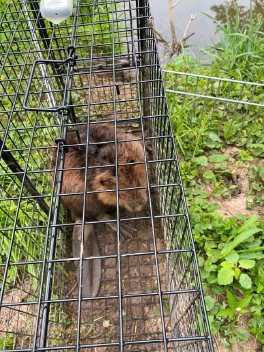
Moyer attached the Kiwis using the provided accessories to the Comstock traps. When the Kiwi detected the movement of the trap door, it broadcast an alert to the Skyhawk CE app, the control center for all your deployed Trapmate devices. The Kiwi sends its alerts through the cellular network in the United States with the most coverage, ensuring high reliability.
The Results
Using the Kiwis immediately made the trapping process more efficient for Moyer, in a way that was less intrusive to the customer.
The Kiwi provides both a magnetic sensor (a reed switch) as well as a vibration sensor, allowing an extra level of certainty in determining that a catch had happened. If a trap was tripped but no further movement was detected, a single alert is sent, so the technician could avoid an unnecessary trap check or determine follow-up action.
The day after the cages were installed, the Kiwi activated an alert from both sensors. A technician went out to check the confirmed catch, and then transported the captured beaver to release it at a pre-approved site. The cages were checked, and one beaver was caught and safely released at a pre-approved site.
After a few days with no captures, a second beaver was caught and released. The cages were left in place for three consecutive days after that, with no further captures, so the beaver removal was deemed complete.
The Trapmate Advantage
Let’s compare the profitability of this job, with and without Trapmate.
Each trap check took 1.5 hours for driving and checking.
Without Trapmate: Moyer would have had to check the trap each day for the week, requiring a total of 10.5 hours.
With Trapmate: Moyer only had to make three trips — two for the captures, and one to retrieve the traps, for a total of 4.5 hours.
A total of 6 person-hours were saved by having Trapmate devices on two traps at this site, in just a week. The Kiwis were then deployed at other sites, for continued savings.

